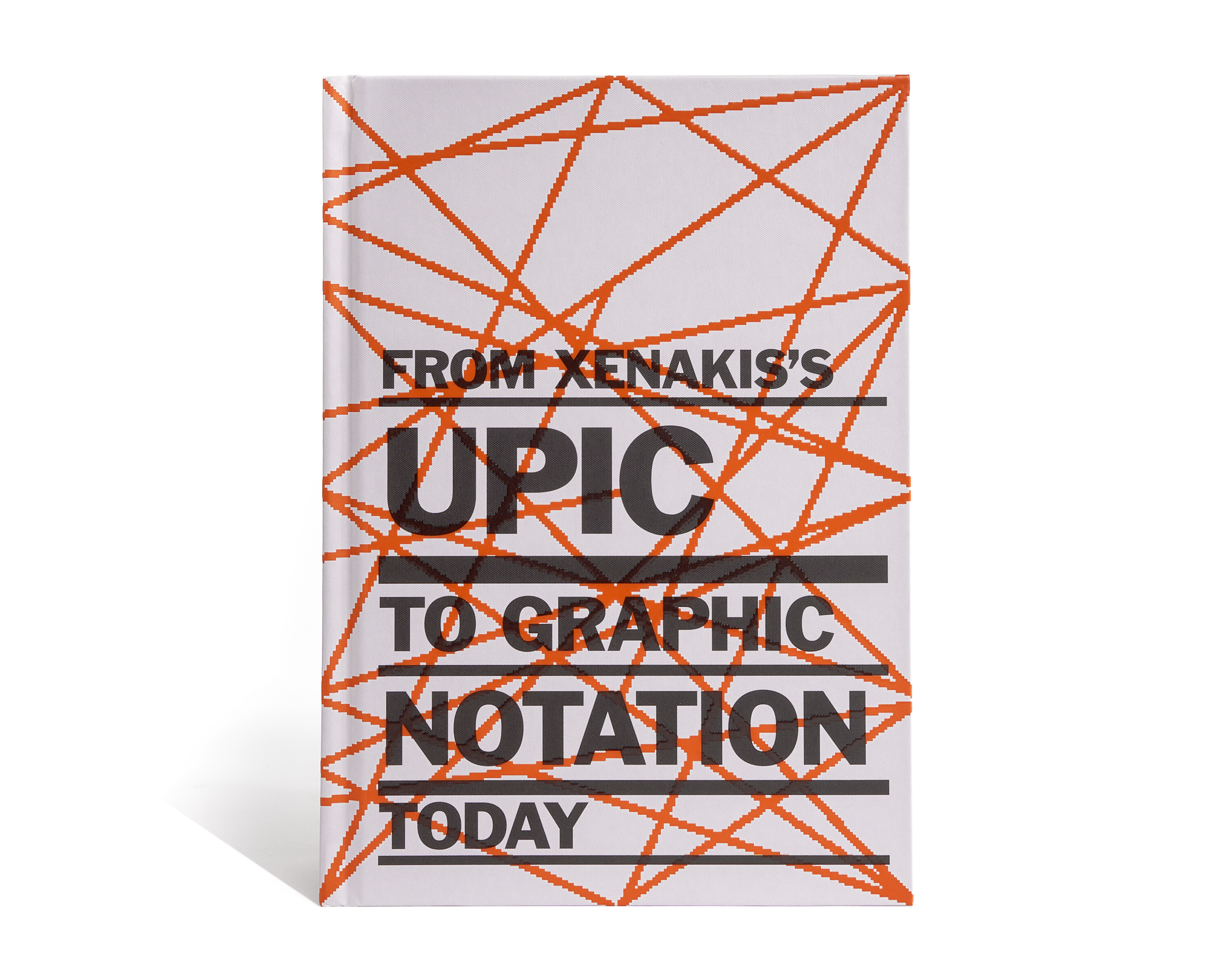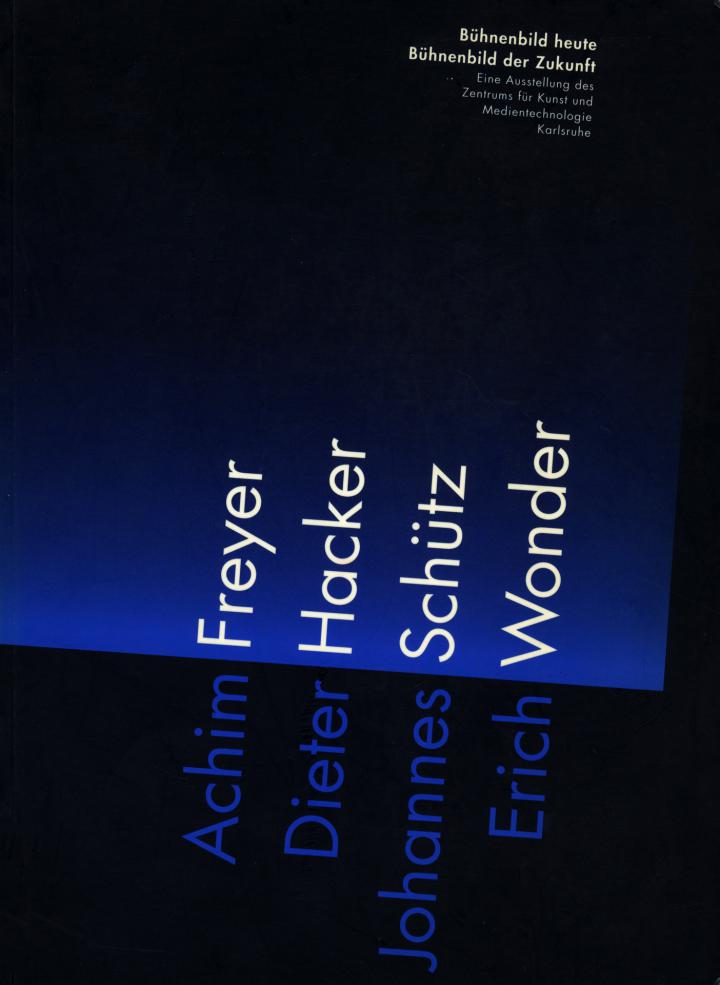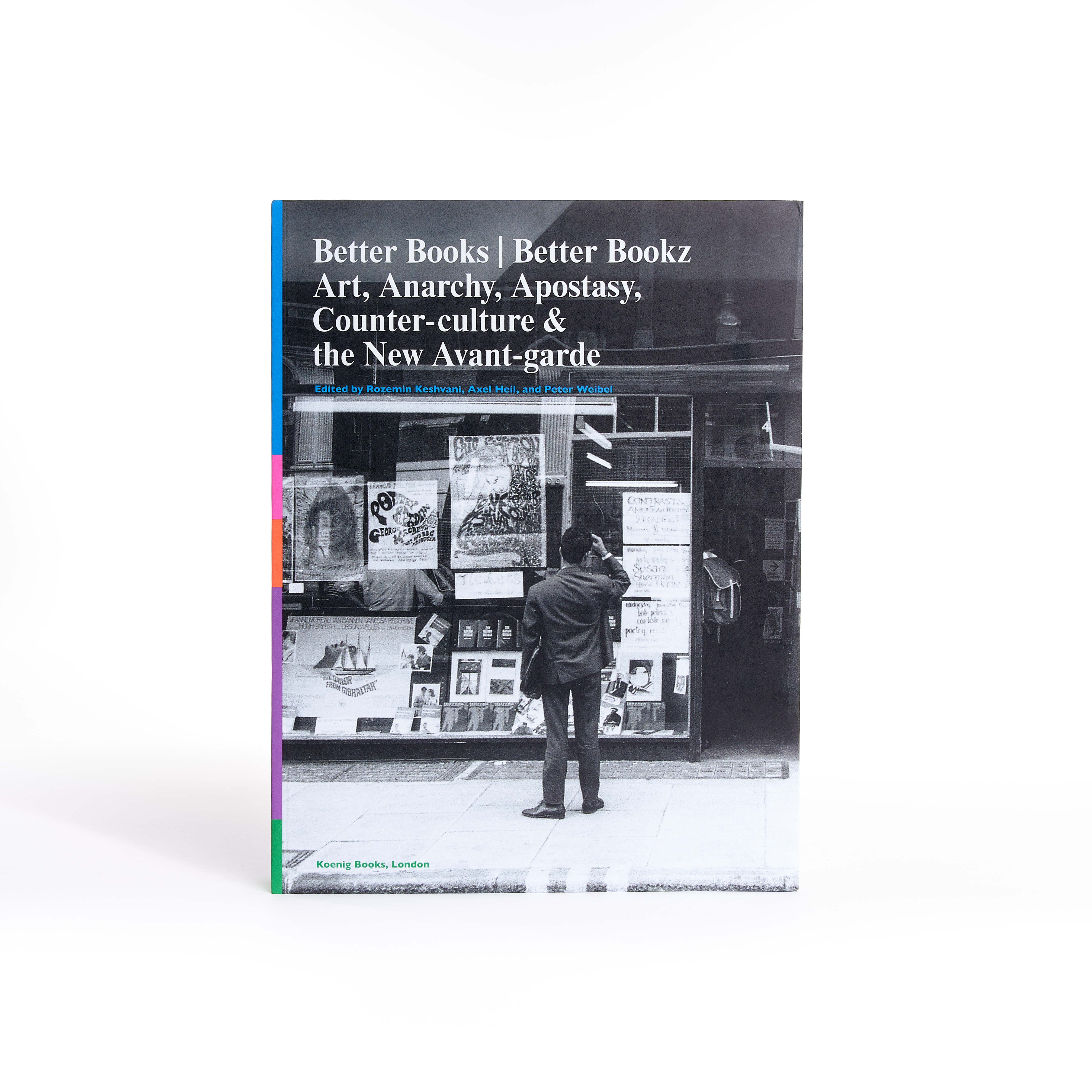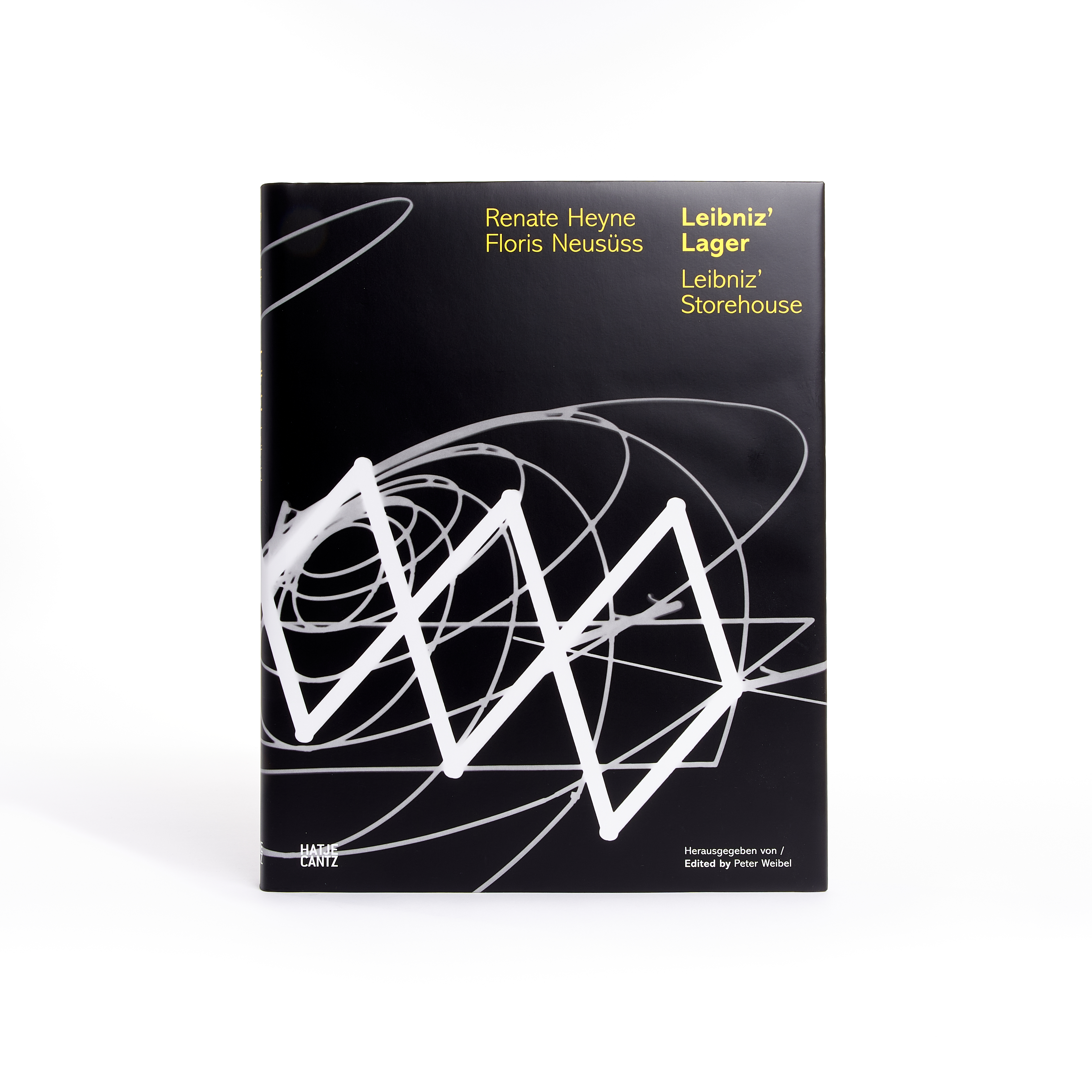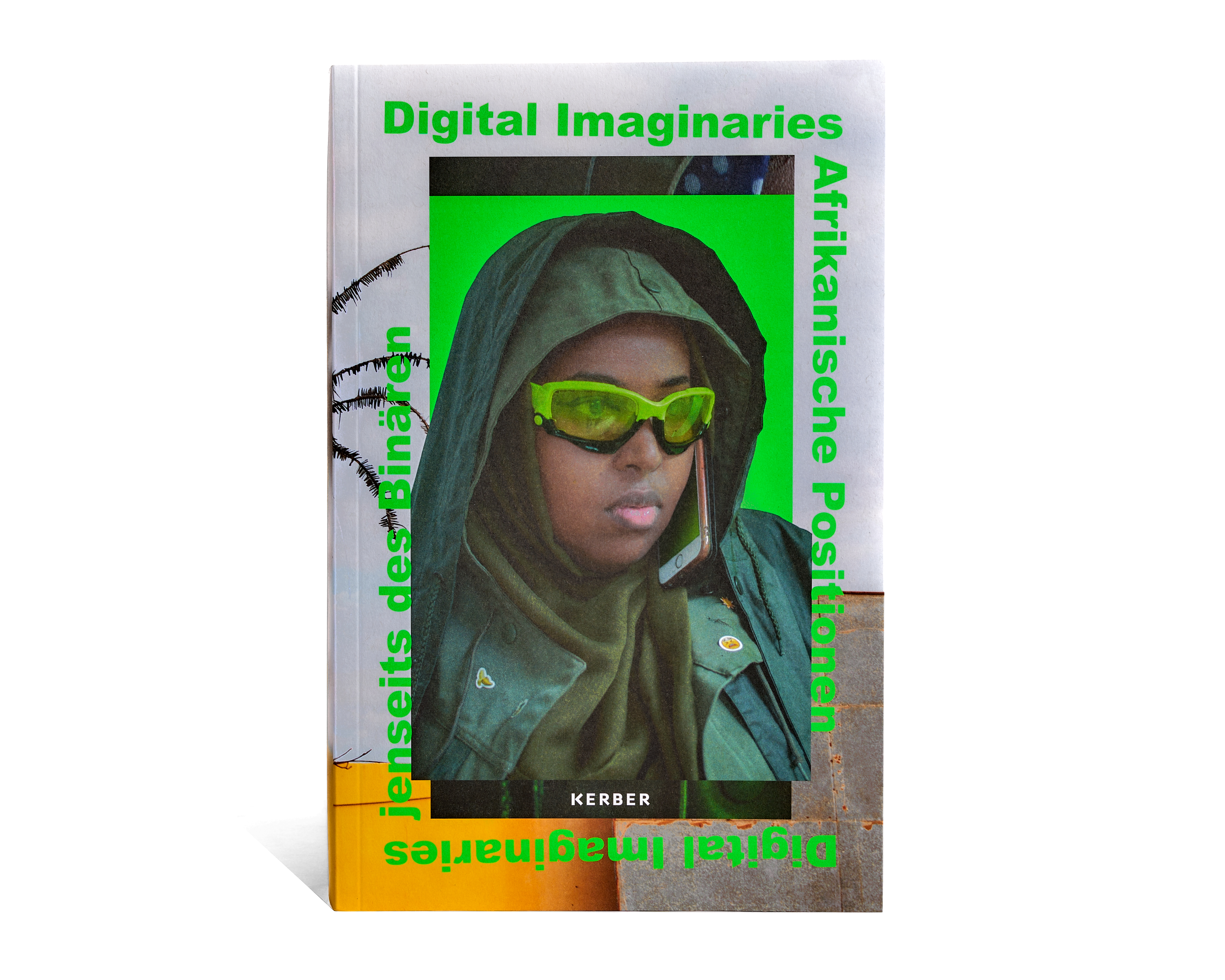
Das Ausstellungs- und Rechercheprojekt »Digital Imaginaries« brachte Kunstschaffende, Maker und Produzentinnen und Produzenten aus Kunst und Wissenschaft zusammen, um digitale Entwicklungen auf dem afrikanischen Kontinent zu untersuchen. Dieses Buch präsentiert die Ergebnisse dieses Austauschs neben weiteren Arbeiten. Die Beiträge in diesem Band beschäftigen sich mit so unterschiedlichen Phänomenen wie den anhaltenden Auswirkungen toxischer Geschichte, dem konfliktreichen Abbau von Mineralien, die für die digitale Ökonomie entscheidend sind, mit Videospielen, experimenteller Architektur, der Aneignung von Smart-City-Konzepten und Praktiken der Innovation. Sie handeln von der Vergemeinschaftung von Ressourcen, der Digitalisierung von Wahlen, Aufrufen zu digitalem Widerstand und dekolonialer Heilung, den Beziehungen zwischen Mensch und Technik, von Utopie und Dystopie sowie den Grenzen der Vernunft. Die Texte richten sich gegen die Dominanz von Marktinteressen, staatlicher Überwachung und postkolonialer Hegemonie. Ausgehend von Positionen auf dem afrikanischen Kontinent und in seiner Diaspora, tragen sie zum globalen Kampf für vielfältigere und inklusivere digitale Zukünfte bei.
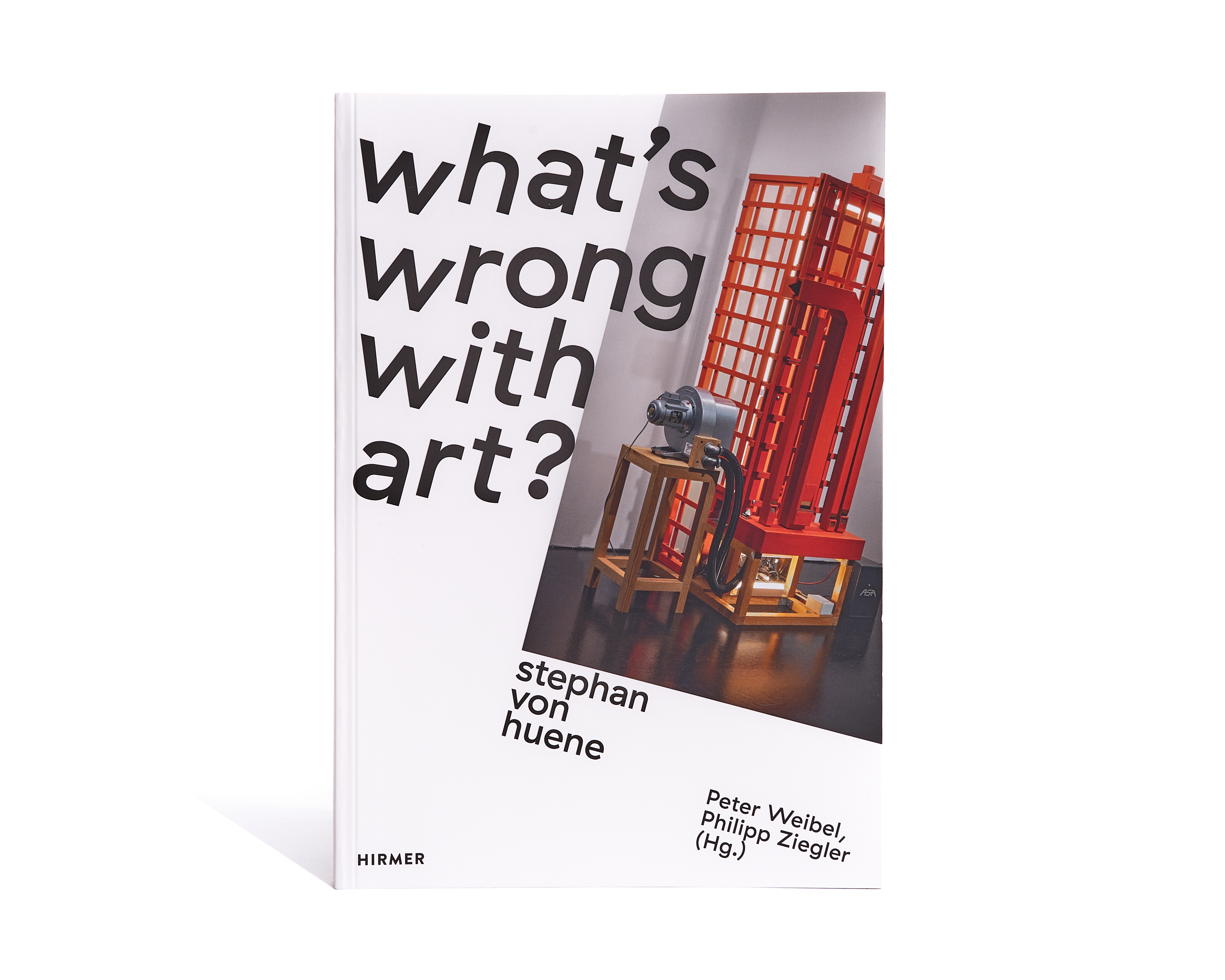
In drei Werkgruppen der späten 1990er-Jahre befasst sich Stephan von Huene mit unterschiedlichen Modi des Sprechens über Kunst und entlarvt den aufgeblasenen Sprachstil der Kunstkritik. Das Buch legt die Hintergründe der Werke offen, mit denen er für einen unvoreingenommenen Umgang mit Kunst wirbt, und versammelt zahlreiches, zum Teil unveröffentlichtes Archivmaterial wie Briefe, Zeichnungen und Texte aus seinem Nachlass. Aus vielfältigen Perspektiven wie in eindrucksvollen Bildern werden Inspiration und Schaffensprozess des Künstlers nachgezeichnet.
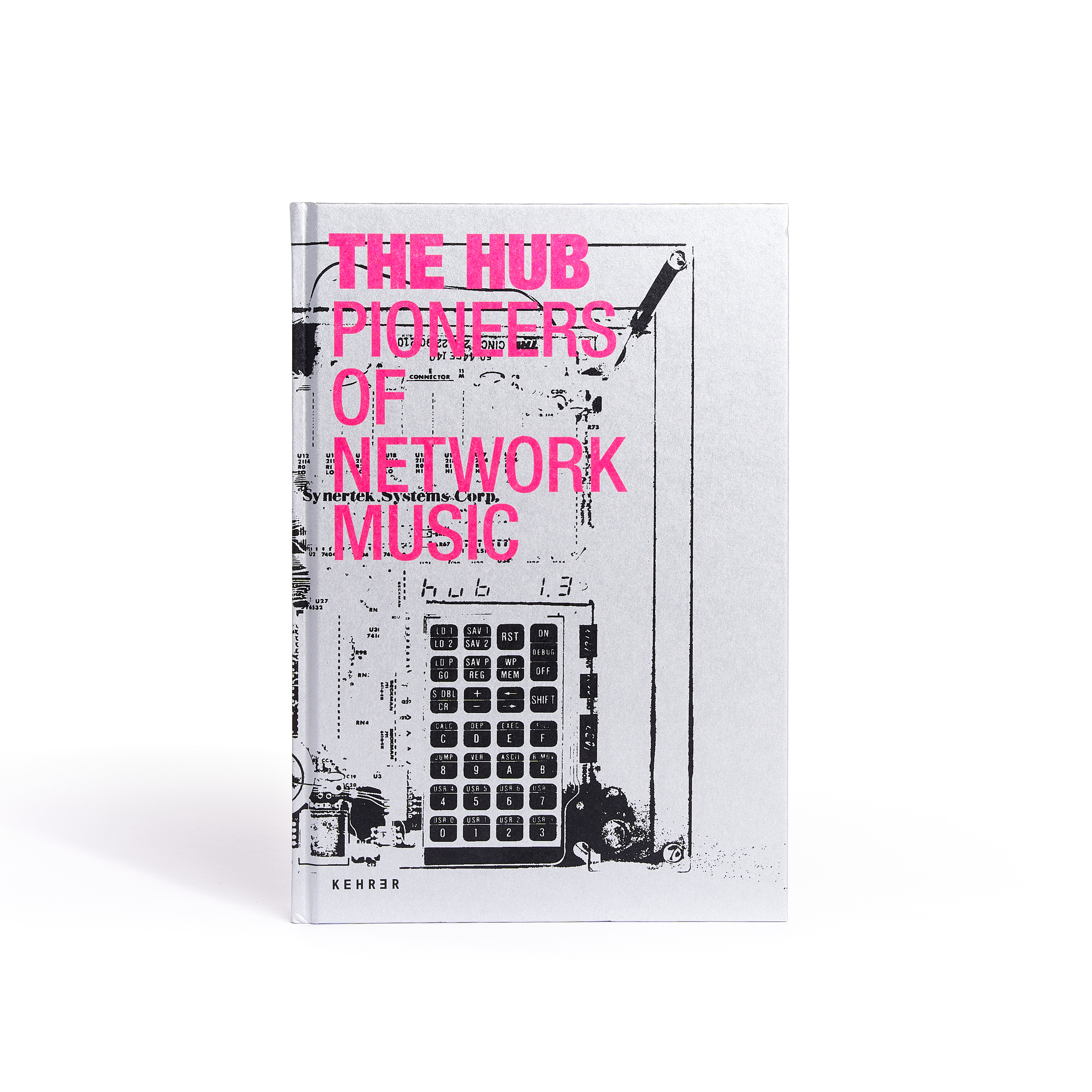
Die kompletten Kompositionsschriften der Band The Hub, den Pionieren der elektronischen NetzwerkmusikDas US-amerikanische Ensemble The Hub zählt zu den Pionieren der Netzwerkmusik und des Live-Codings. Die aus Tim Perkis, Scot Gresham-Lancaster, Chris Brown, John Bischoff, Phil Stone und Mark Trayle bestehende Formation ging 1986 aus der League of Automatic Music Composers hervor. Sie revolutionierte die elektronische Musik mit demokratisch organisierten und in Netzwerken agierenden Kompositions- und Performanceprozessen. 2018 wurde the Hub mit dem Giga-Hertz-Preis des ZKM | Hertz-Labors und des SWR Experimentalstudios ausgezeichnet.Der vorliegende Band legt erstmals die kompletten Kompositionsschriften der Band vor und zeichnet die Bandgeschichte aus verschiedenen Perspektiven nach. - Das Vermächtnis der Giga-Hertz-Preisträger 2018- Die kompletten Kompositionsschriften der Band- Multiperspektivisch: Die Band, aber auch internationale Wegbegleiter:innen, Wissenschaftler:innen und zeitgenössische Positionen kommen zu Wort- Mit zahlreichen Zeitdokumenten und Fotos“With the now predominance of pre-chewed software creating deep musical ruts, listening to the Hub is exhilarating, the music demented and punk. (…) Playful, ironic, subversive, irreverent, unbridled, raunchy, home grown and unapologetic…” (Laetitia Sonami) “What we have here is a great vehicle to navigate the landscape of being under, in, and out of control (…) more than just enjoyable.” (Julian Rohrhuber) Musical history of technology and current perspectives on and from The HubThe US ensemble ‘The Hub’ is one of the pioneers of network music and live coding. The formation consisting of Tim Perkis, Scot Gresham-Lancaster, Chris Brown, John Bischoff, Phil Stone and Mark Trayle emerged from the League of Automatic Music Composers in 1986. They revolutionized electronic music with democratically organized composition and performance processes operating in networks, and received the Giga-Hertz Prize from the ZKM | Hertz-Lab and the SWR Experimental Studio in 2018.This volume presents the band's complete compositional writings for the first time, tracing the band's history from a variety of perspectives.- The legacy of the 2018 Giga-Hertz Prize winners. - For the first time, the scores of the band are collected and published. - Multi-perspective: the band, but also international companions, scholars and contemporary positions have their say. - With numerous historical documents and photos. “With the now predominance of pre-chewed software creating deep musical ruts, listening to the Hub is exhilarating, the music demented and punk. (…) Playful, ironic, subversive, irreverent, unbridled, raunchy, home grown and unapologetic…”(Laetitia Sonami)“What we have here is a great vehicle to navigate the landscape of being under, in, and out of control (…) more than just enjoyable.”(Julian Rohrhuber)
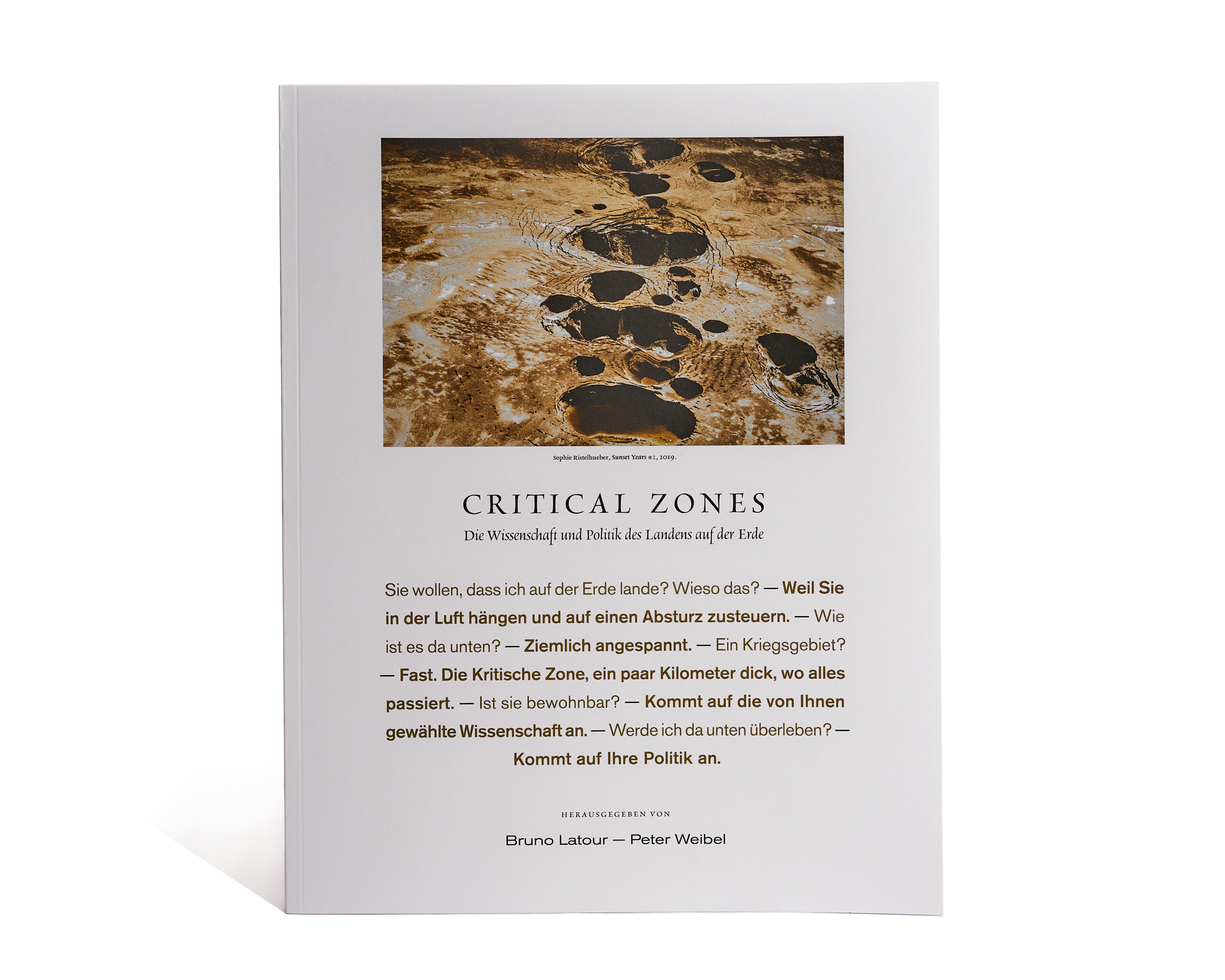
Vertreterinnen und Vertreter verschiedener Disziplinen skizzieren die Orientierungslosigkeit in einer Welt, die mit dem Klimawandel konfrontiert ist. Beim Kartografieren des Landes, das sie bewohnen wollen, entdecken sie nicht den Globus, nicht den ikonischen »Blauen Planeten«, sondern eine Reihe Kritischer Zonen - uneinheitlich, mannigfaltig, volatil. Pierre Charbonnier - Emanuele Coccia - Sébastien Dutreuil - Jérôme Gaillardet - Martin Guinard - Emilie Hache - Bettina Korintenberg - Bruno Latour - Timothy M. Lenton - Laura Dassow Walls - Peter Weibel - Jan Zalasiewicz
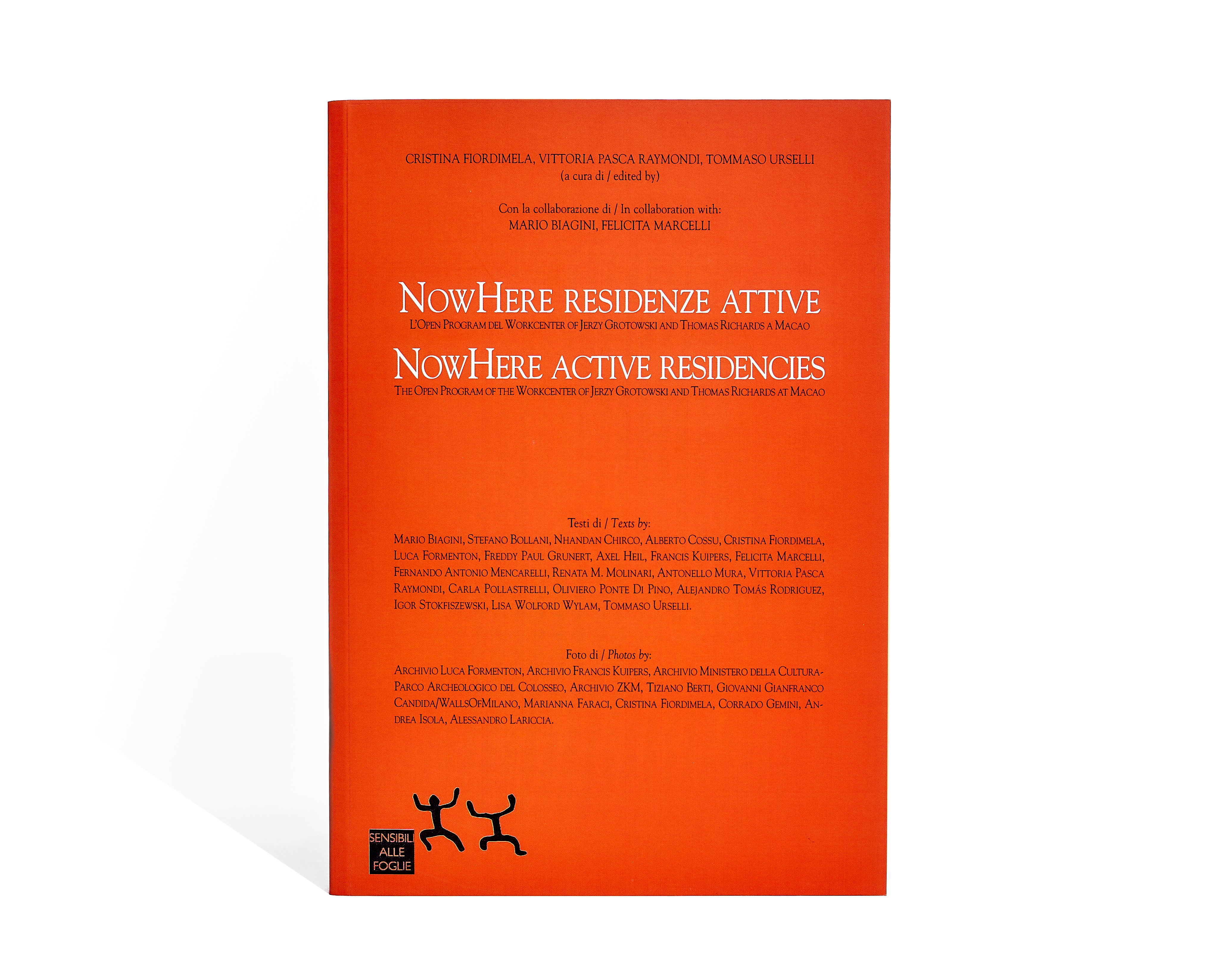
This book is a collective work telling the story of NowHere Active Residencies: the artistic residency of the Open Program of the Workcenter of Jerzy Grotowski and Thomas Richards in Macao, a new center for arts, culture and research in Milan. Here, from October 3 to 12, 2014, for the first time in Milan, with free entrance or voluntary contribution, the Open Program mounts their shows on stage: Electric Party Songs and I Am America, dedicated to the work of Allen Ginsberg, The Hidden Sayings, and an open workshop. NowHere Active Residencies, supported by a crowdfunding campaign, is an artistic and political practice that rejects the logic of exchange based on do ut des, fostering instead, by means of residences, the production of knowledge, tools and spaces, beyond the capitalization of work and culture. An experience lived by several subjects in transit, starting from Mayday 2014, during the festival of performing art Folle agire urbano - Foolish Urban Act, at Palazzina Liberty in Milan, and in a set of locations, linked by composite artivism: the studies about Jerzy Grotowski's theatre research at Teatro Era in Pontedera, twisting with the Workcenter in the rehearsal rooms and in the houses at Le Vallicelle, the screening of their video materials at Cinema Beltrade in Milan, the exploration of the digital archives of performing arts to come at the ZKM Zentrum fur Kunst und Medien in Karlsruhe, Ceci n'est pas une table, the exhibition at the AREA - first edition of International Commons Festival in Chieri, 2015. The language could not be only one, nor could the reading sense be univocal: from the very beginning this book configured itself as a situationist notebook using various forms of writing and dialogue. Against the light, Allen Ginsberg's poems inspire incursions into the Beat Generation, opening up research and practice to complexity.
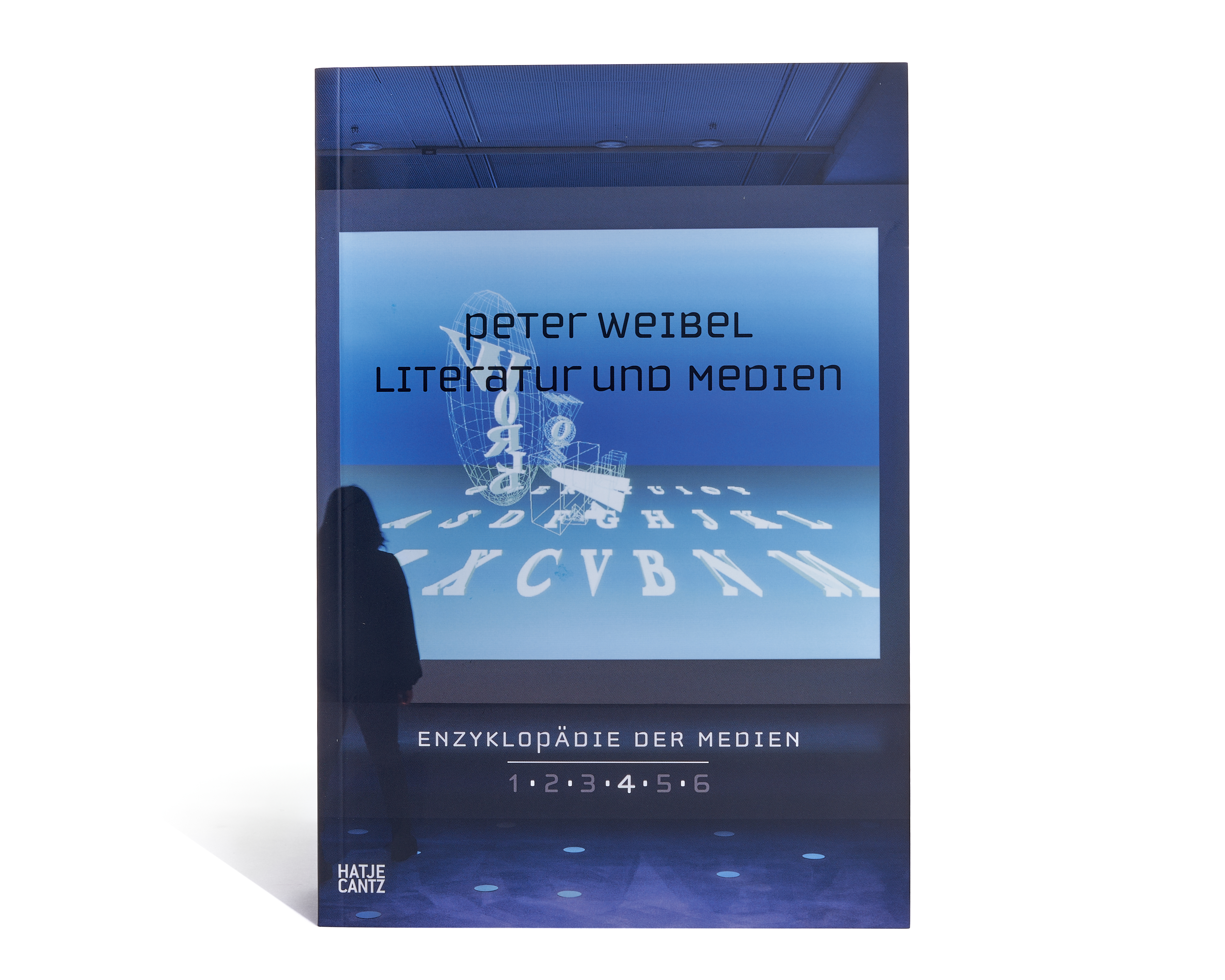
Dieses Buch führt in einem großen historischen Bogen in eine revolutionäre Theorie der medialen Bedingungen von Sprache bzw. der Selbstreflexion von Sprache als Medium ein. Vor Jahrtausenden beginnt die Verwandlung von Sprache in Schrift, die Sequenzierung des kontinuierlichen Lautstroms der menschlichen Rede in diskrete, visuelle Zeichen, in ein Alphabet aus Buchstaben, die als Noten der Laute dienen. Diese Schriftzeichen bedürfen allerdings eines technischen Trägermediums. Schrift ist das Urmedium, das erste Speicher- und Fernmedium. Sie macht symbolisch anwesend, was real abwesend ist, bringt nahe, was räumlich und zeitlich entfernt ist. Die Technik setzt die Arbeit der Schrift fort: Töne, Texte und Bilder überwinden die räumliche und zeitliche Ferne (griech. tele) durch die Teletechnologien. Durch neue Maschinen und Medien expandiert die Sprachkunst im 20. Jahrhundert ins visuelle und technische Feld. Im Medium des Bewegtbildes findet die Befreiung der Buchstaben statt. Lesetexte werden zu Sehtexten. Die Zeichen des Alphabets werden zu abstrakten Zeichen, manuelle und mechanische Techniken werden zu elektronischen. Die Bindung der Schrift an Papier und Buch setzt aus und die Migration der Buchstaben von einem Gastmedium zum anderen setzt ein: vom Buch zum Bildschirm, von der Papierseite zur Website, Bits und Bytes statt Lettern aus Blei, binäre Ziffernketten statt Zeichenketten, Computer statt Schreibmaschine. Am Ende der Gutenberg-Revolution wird der Algorithmus zum Autor und der Leser navigiert interaktiv im virtuellen Buchstabenfeld. Auf die akustischen und visuellen Codes als erste Stufen der menschlichen Abstraktionsleistung und Symbolverarbeitung folgt nun die dritte Stufe: der numerische Code.Im vorliegenden Band werden in präzisen Analysen die innovativen Leistungen der Sprachkunst, insbesondere des 20. und 21. Jahrhunderts, und deren Potenzial im digitalen Zeitalter vorgestellt.
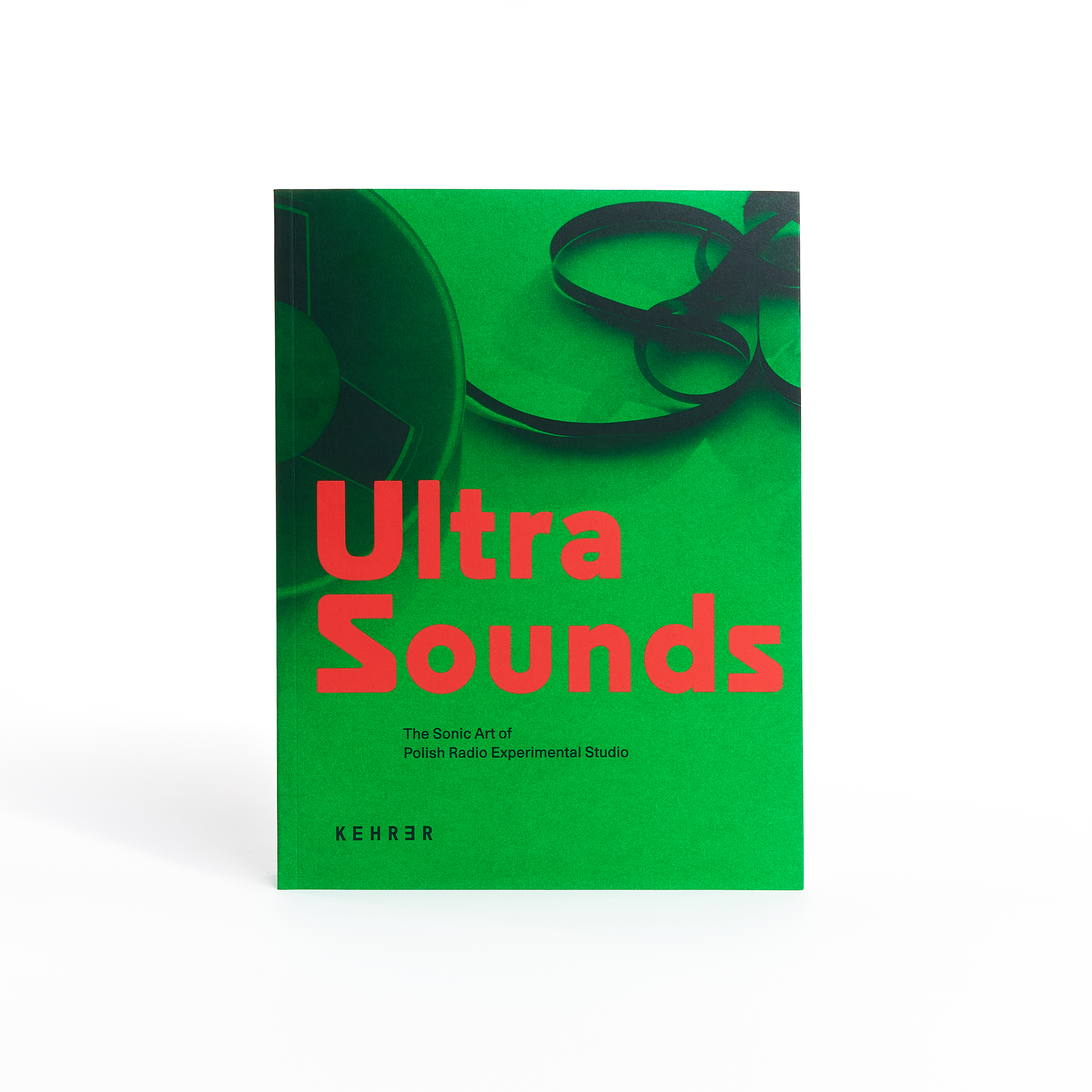
Ultra Sounds is the first study of the Polish Radio Experimental Studio (PRES), an early «laboratory» for the production of electronic and electro-acoustic music, and the first of its kind in the Eastern Bloc. It was established in fall 1957. Composers and engineers working there produced some of the most original and often challenging electronic music, «musique concrète» and radio plays of the era. The Studio formed an island of international connection, hosting many leading composers from the East and the West. This well illustrated book features essays by leading musicologists and architectural, art and film historians, as well as interviews with engineers who worked in the Studio and transcripts of historic lectures and broadcasts by key figures in its history. It offers a comprehensive account of the Studio in the context of the revival of modernist experiment in post-Stalinist Poland in the 1960s.
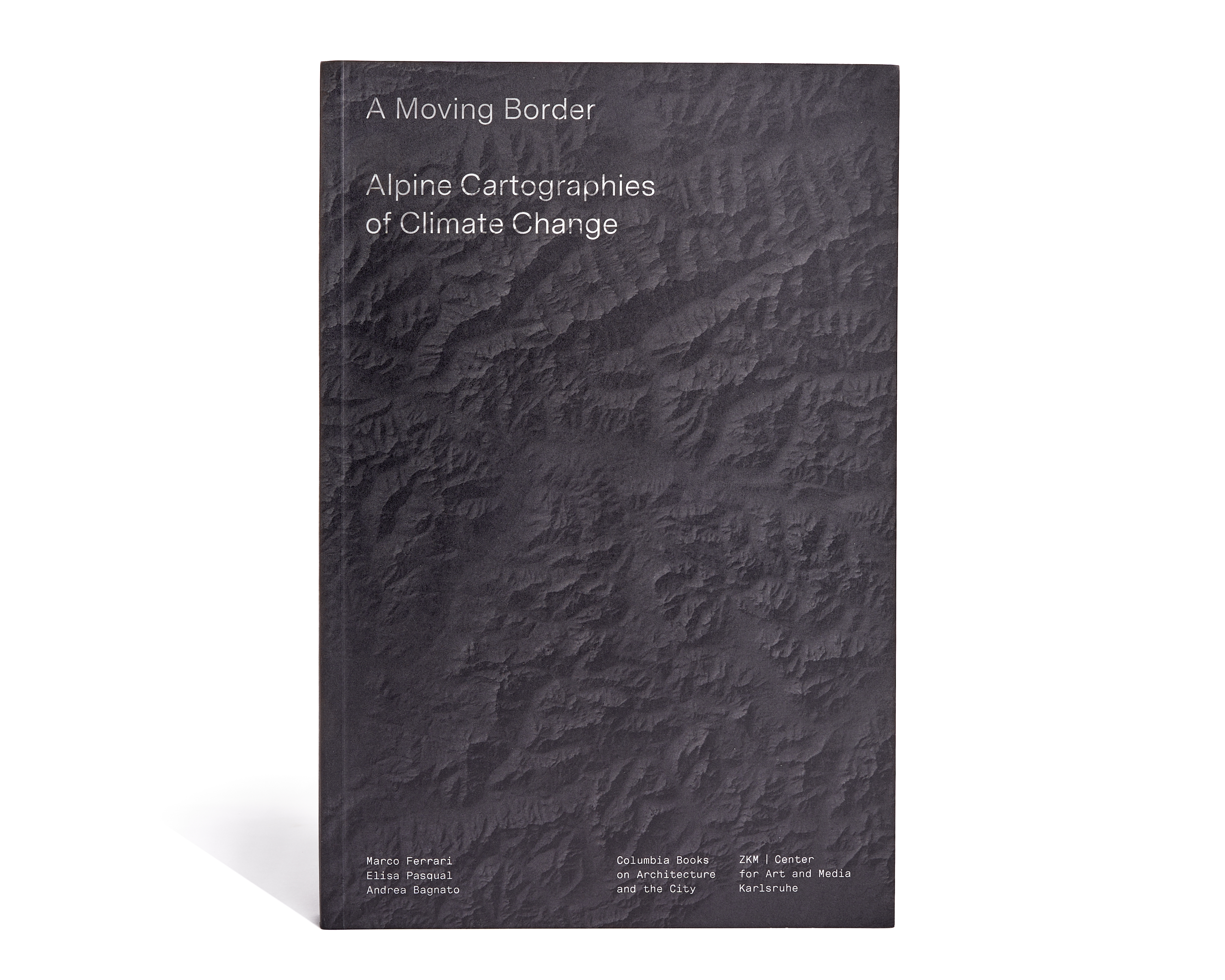
Italys northern border follows the watershed that separates the drainage basins of Northern and Southern Europe. Running mostly at high altitudes, it crosses snowfields and perennial glaciers - all of which are now melting as a result of anthropogenic climate change. As the watershed shifts so does the border, contradicting its representations on official maps. Italy, Austria, and Switzerland have consequently introduced the novel legal concept of a «moving border,» one that acknowledges the volatility of geographical features once thought to be stable. A Moving Border. Alpine Cartographies of Climate Change builds upon the Italian Limes project by Studio Folder, which was devised in 2014 to survey the fluctuations of the boundary line across the Alps in real time. The book charts the effects of climate change on geopolitical understandings of border and the cartographic methods used to represent them. Locating the Italian condition alongside a longer political history of boundary making, the book brings together critical essays, visualizations, and unpublished documents from state archives. By examining the nexus of nationalism and cartography, «A Moving Border» details how borders are both material and imagined, and the ways global warming challenges Western conceptions of territory. Even more, it provides a blueprint for spatial intervention in a world where ecological processes are bound to dominate geopolitical affairs.
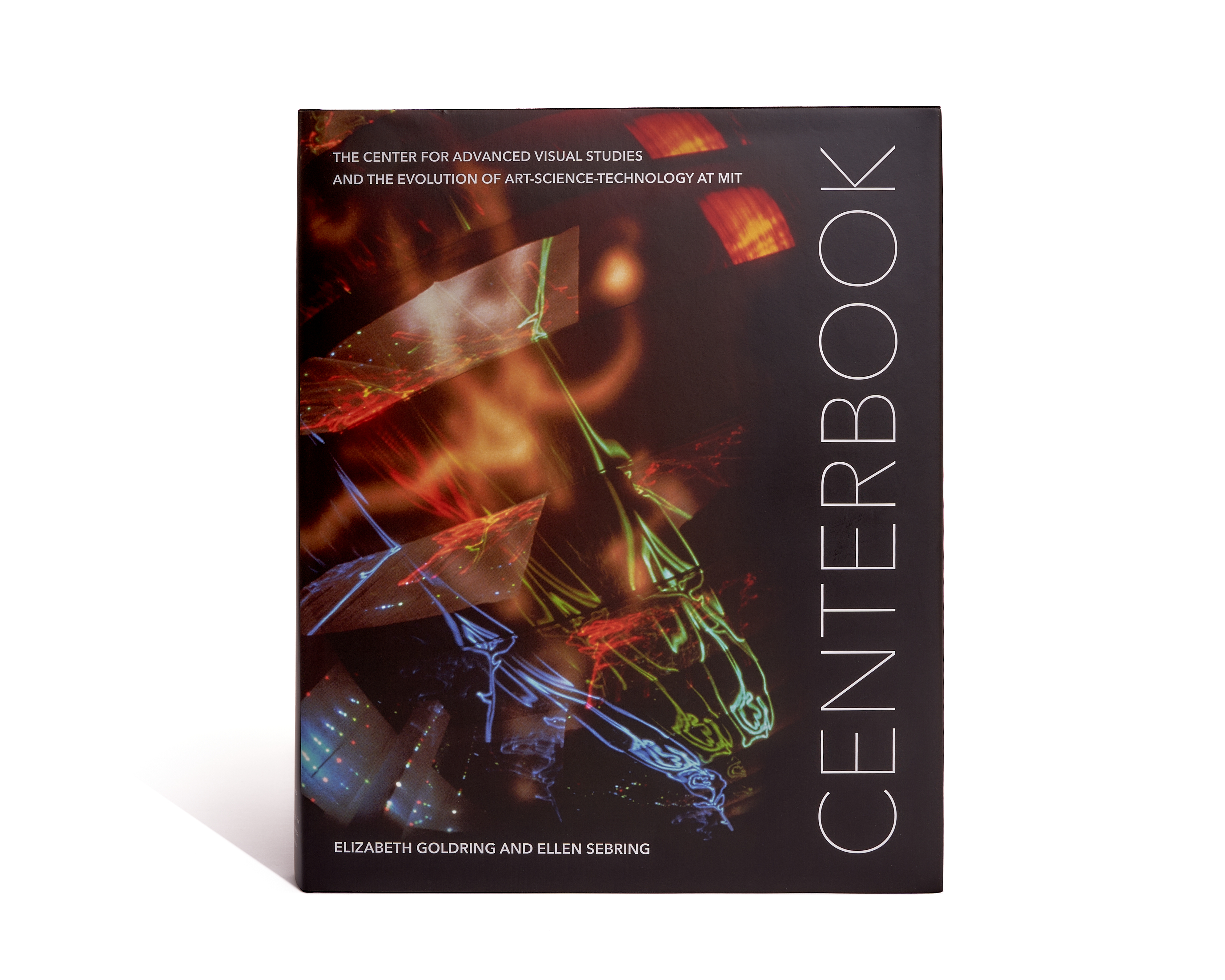
The first comprehensive history of MITs Center for Advanced Visual Studies (CAVS), told through personal accounts and groundbreaking artwork. The Center for Advanced Visual Studies (CAVS) at the Massachusetts Institute of Technology (MIT) was established in 1967 as a workshop for explorations in art, science, technology, and environment. It became an incubator for new art forms and integrative ideas. CAVS brought together mature, mid-career and young artists as well as students, working individually and in groups with MIT scientists and engineers to dream of and build collaborative projects, events, exhibitions, and celebrations. Drawn from texts, pictures, interviews and original sources in a newly digitized archive of nearly 30,000 entries, Centerbook tells the story of CAVS through the artworks and words of its Fellows and graduates. Fellows included Charlotte Moorman, Nam June Paik, Harriet Casdin-Silver, Vassilakis Takis, Stan VanDerBeek, Joe Davis, Yvonne Rainer, Maryanne Amacher, Wen-Ying Tsai and Aldo Tambellini, to name a few from its international community of prominent and developing artists.
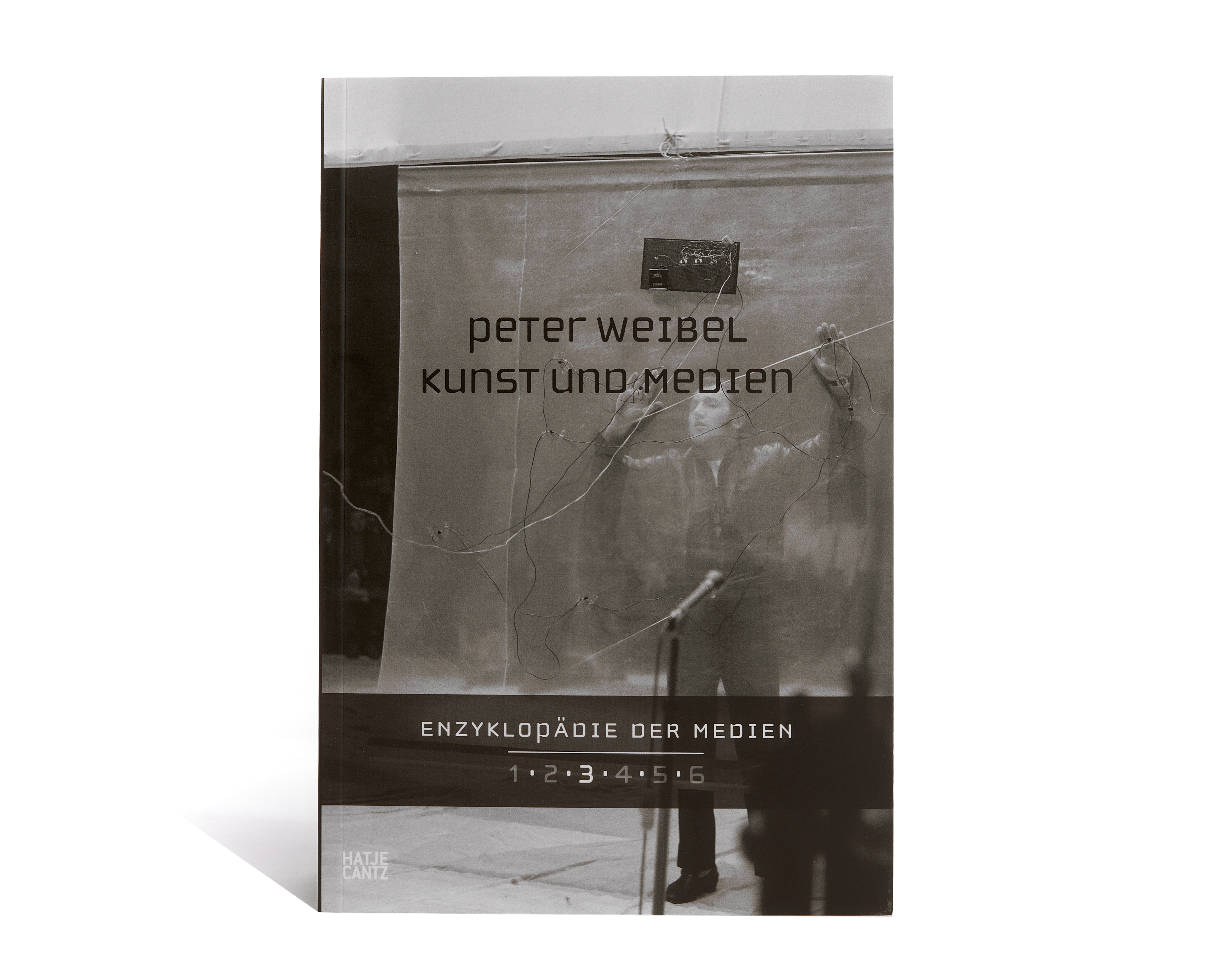
Von den alten Griechen bis zur Gegenwart, vom Buch zum Grammofon, von Johannes Gutenberg bis Alan Turing - die apparativen Veränderungen der Produktions-, Speicher-, Übertragungs- und Rezeptionsmedien prägen unsere Kultur. Mit einer sechsbändigen Auswahl seiner Schriften legt Peter Weibel eine Enzyklopädie vor, die alle Bereiche der Medienwelt diskursiv abdeckt.Im dritten Band untersucht Peter Weibel im engen Zusammenspiel von Technik- und Philosophiegeschichte, wie die medialen Veränderungen des Bildes, von der Fotografie bis zur Computeranimation, nicht nur den Bildstatus, sondern auch den Kunstbegriff erweitert haben. Das Bild wurde zu einem interaktiven, partizipatorischen Ereignis- und Handlungsfeld mit virtueller Speicherung, variablem Inhalt und viablem Verhalten.
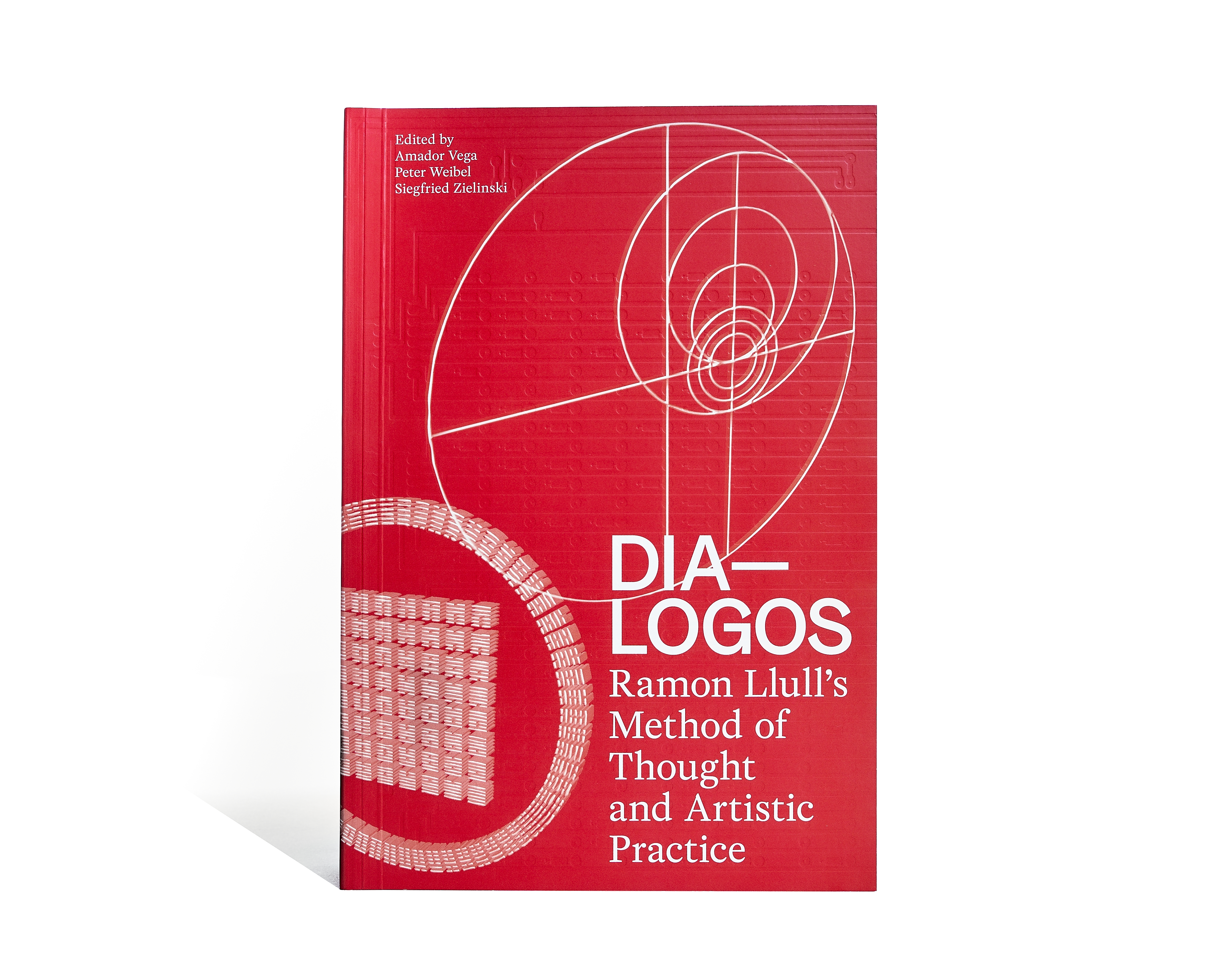
The life and work of the outstanding Catalan-Majorcan philosopher, logician, and mystic Ramon Llull continues to fascinate thinkers, artists, and scholars worldwide. The primary idea of Ramon Llulls teachings - to enable rational and therefore trustworthy dialogue between cultures and religions through a universally valid system of symbols - is today still topical and of great relevance, especially in the tensions prevailing in globalized spaces of possibility. In this book, international experts address Lullism as a remarkable and distinctive method of thinking and experimenting.
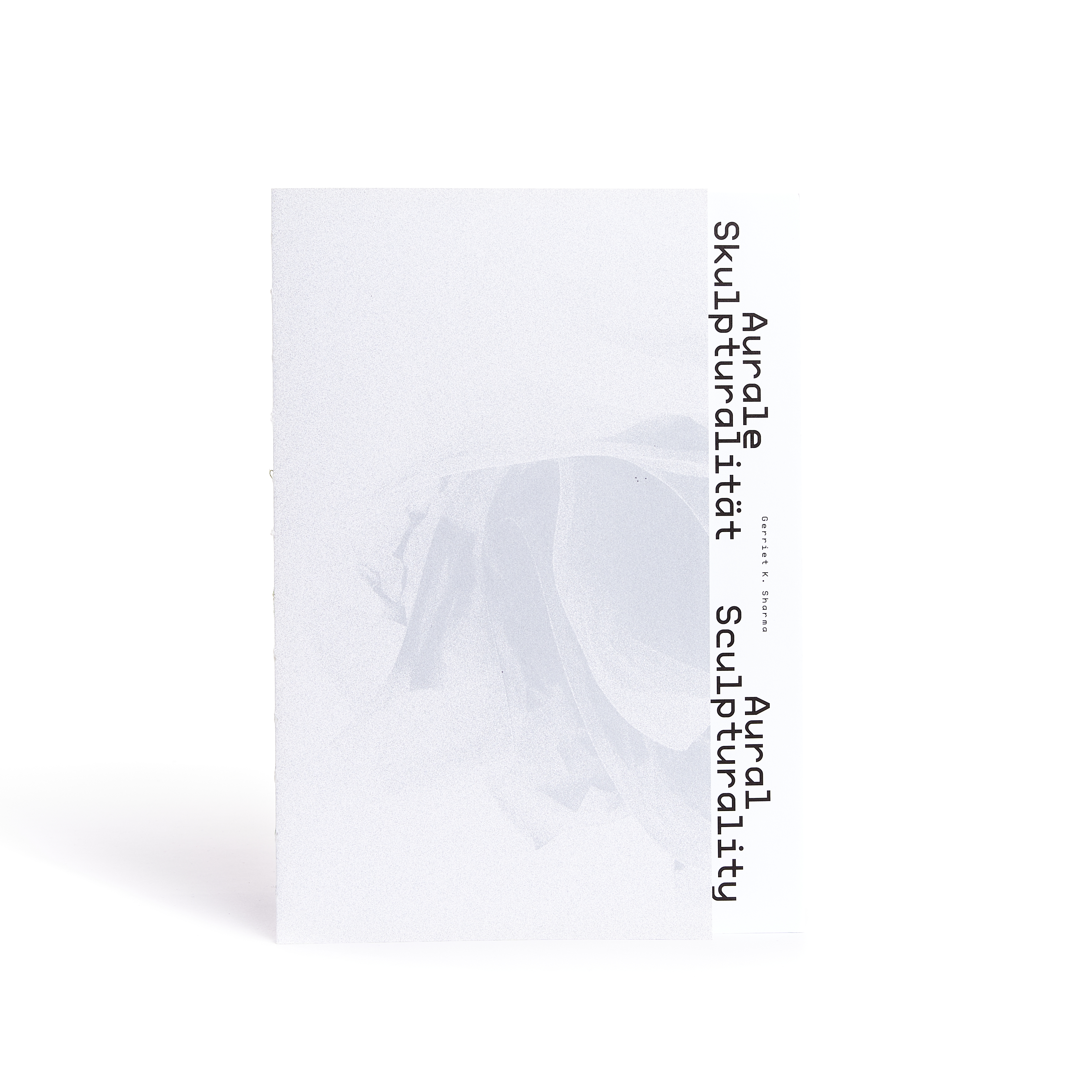
Elektroakustische Raum-Klangphänomene, plastic sound objects, tauchen bei bestimmten Klangproduktionsverfahren in der Computermusik der vergangenen 60 Jahren verstärkt auf und sind unabhängig von ihren technischen Beschreibungen und metaphorischen Zuschreibungen als "klassische" skulpturale Körper-Raumbeziehungen einzuordnen.In seinem Paper "Aurale Skulpturalität" behandelt der Komponist und Klangkünstler Gerriet K. Sharma skulpturale Aspekte in der Lautsprechermusik und stellt den Skulpturbegriff der akusmatischen Musik zur Disposition. Seine Publikation strebt eine radikal andere Definition medienspezifischer Raum-Klangphänomene als "skulptural" an und zielt auf die Entwicklung einer ästhetischen raumkomponierenden Praxis, die Raum zur Entwicklung von klang-plastischem Material voraussetzt.Diese Publikation erscheint anlässlich der Ausstellung Negativer Raum - Skulptur und Installation im 20. und 21. Jahrhundert des ZKM | Karlsruhe (6.4. - 11.8.2019) und wird im Rahmen des Projekts Interfaces durch das Förderprogramm Kreatives Europa der Europäischen Union unterstützt.
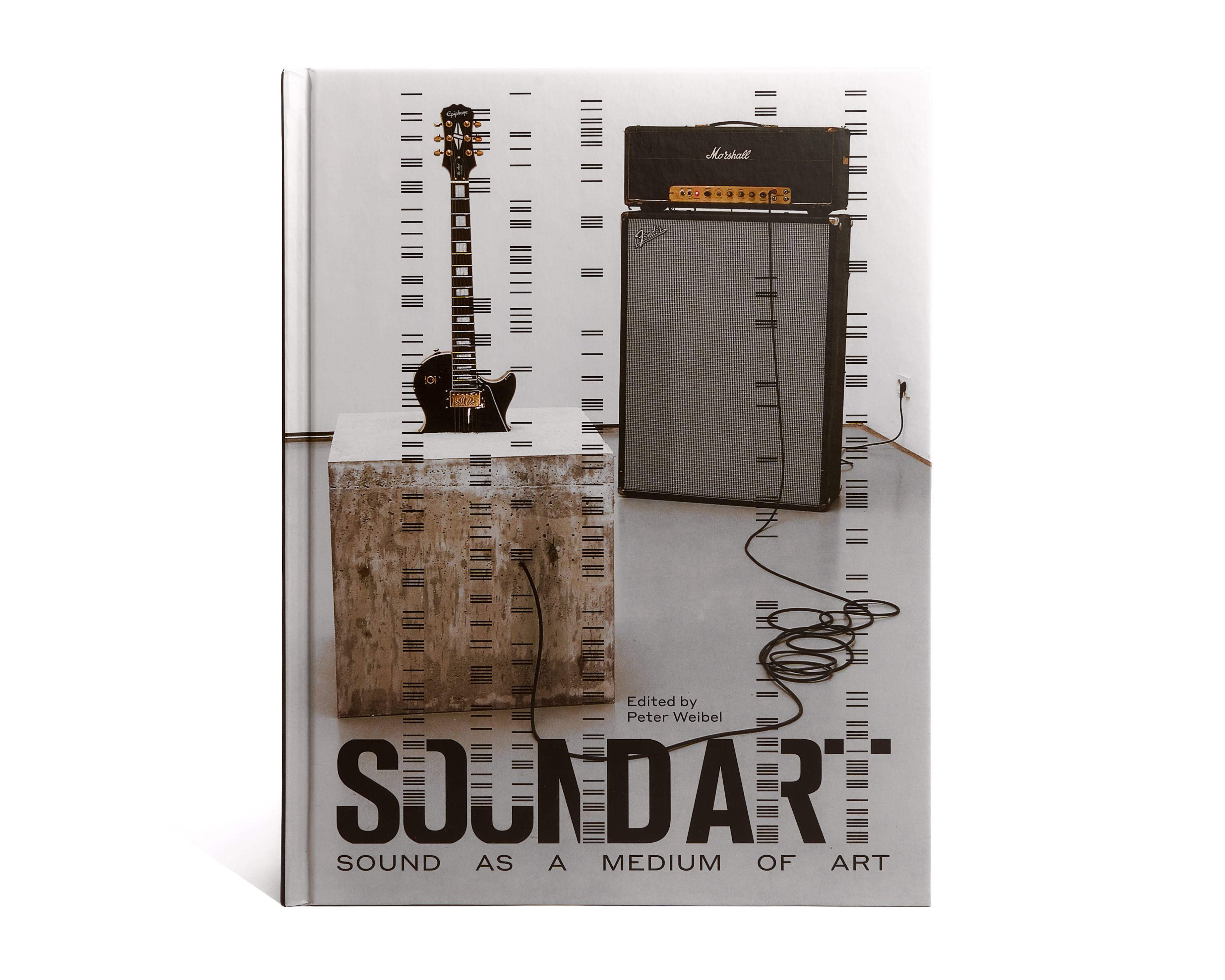
This milestone volume maps fifty years of artistsengagement with sound. Since the beginning of the new millennium, numerous historical and critical works have established sound art as an artistic genre in its own right, with an accepted genealogy that begins with Futurism, Dada, and Fluxus, as well as disciplinary classifications that effectively restrict artistic practice to particular tools and venues.This book, companion volume to a massive 2012-2013 exhibition at ZKM Karlsruhe, goes beyond these established disciplinary divides to chart the evolution and the full potential of sound as a medium of art. The book begins with an extensive overview by editor Peter Weibel that considers the history of sound as media art, examining work by visual artists, composers, musicians, and architects alike. Subsequent essays examine sound experiments in antiquity, sonification of art and science, and internet-based sound art. Experts then survey the global field of sound art research and practice, in essays that describe the past, present, and future of sound art in Germany, Japan, China, the United States, the United Kingdom, Russia, Canada, Turkey, Australia, and Scandinavia. The texts are accompanied by an extensive photographic documentation of the ZKM exhibition.
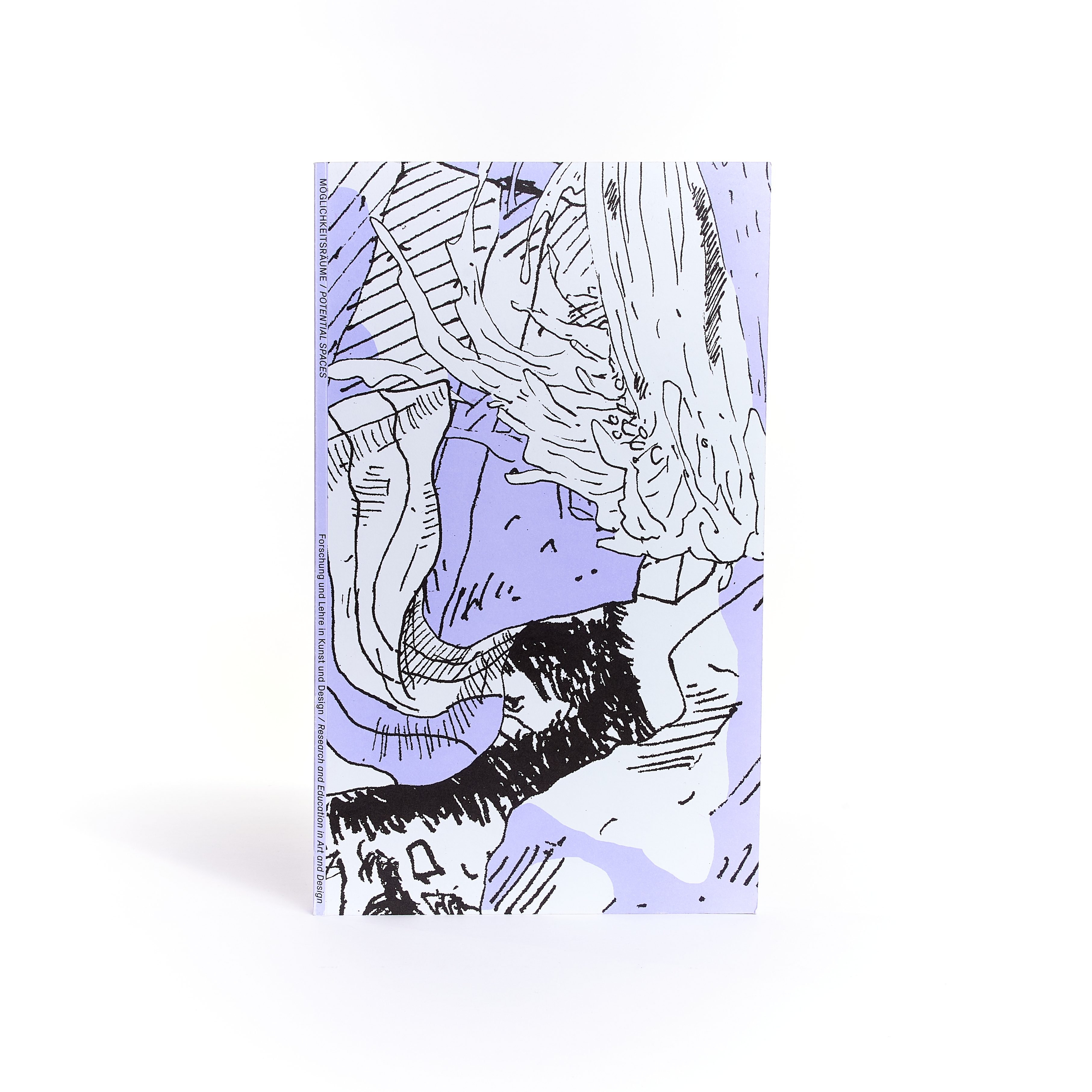
Anlässlich des 25. Jubiläumsjahres der Staatlichen Hochschule für Gestaltung (HfG) Karlsruhe verwandelten Forscherinnen und Forscher aus allen Erdteilen die Kunst- undDesign-Universität sowie ihre Schwesterinstitution, das ZKM | Zentrum für Kunst undMedien Karlsruhe, im Zuge der Konferenz Potential Spaces (16.-18. Februar 2017) füreinige Tage in einen Möglichkeitsraum für mannigfaltige Zukünfte vonForschung und Lehre in Kunst und Design.Zur Erörterung möglichst mutiger Entwürfe versammelte Potential SpacesForscherinnen und Forscher, Autorinnen und Autoren, Künstlerinnen und Künstler sowie Gestalterinnen und Gestalter aus unterschiedlichsten Zusammenhängen
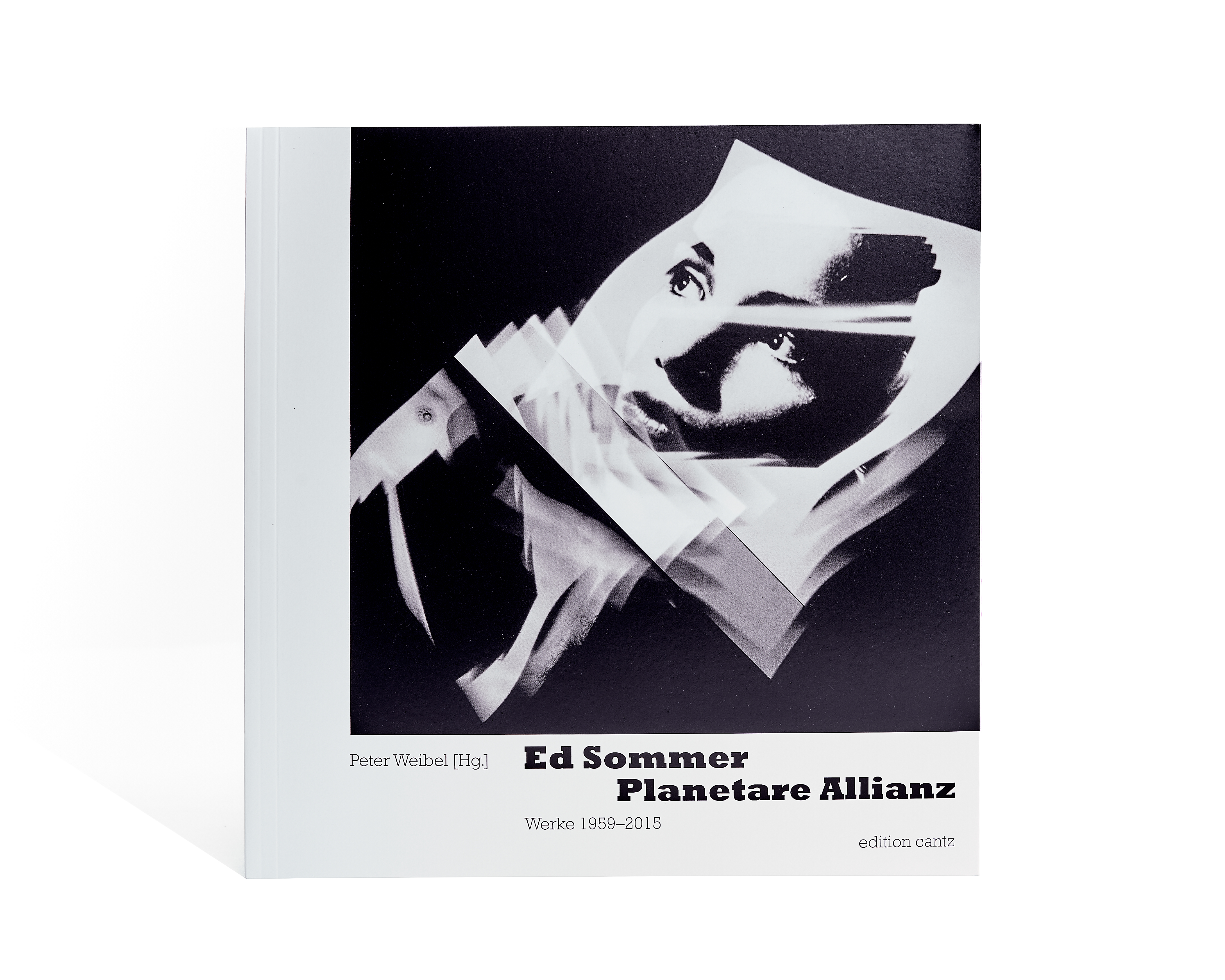
Die Publikation »Ed Sommer. Planetare Allianz« bietet eine Übersicht über das vielschichtige und außergewöhnliche Werk des Künstlers Ed Sommer, der sich selbst als Bildsprachenmacher bezeichnete. Sein Schaffen seit 1959 umfasst Metallobjekte, Formungen aus Acrylglas, gestische Malerei, erotische Filme, Projektionsfotografien, dialogische Porträts, Textpartituren und Sprechtexte. Im Jahr 2014 übernahm das ZKM | Karlsruhe zahlreiche Werke Ed Sommers in seine Sammlung. Die Publikation gibt einen Einblick in das Gesamtwerk des Künstlers.
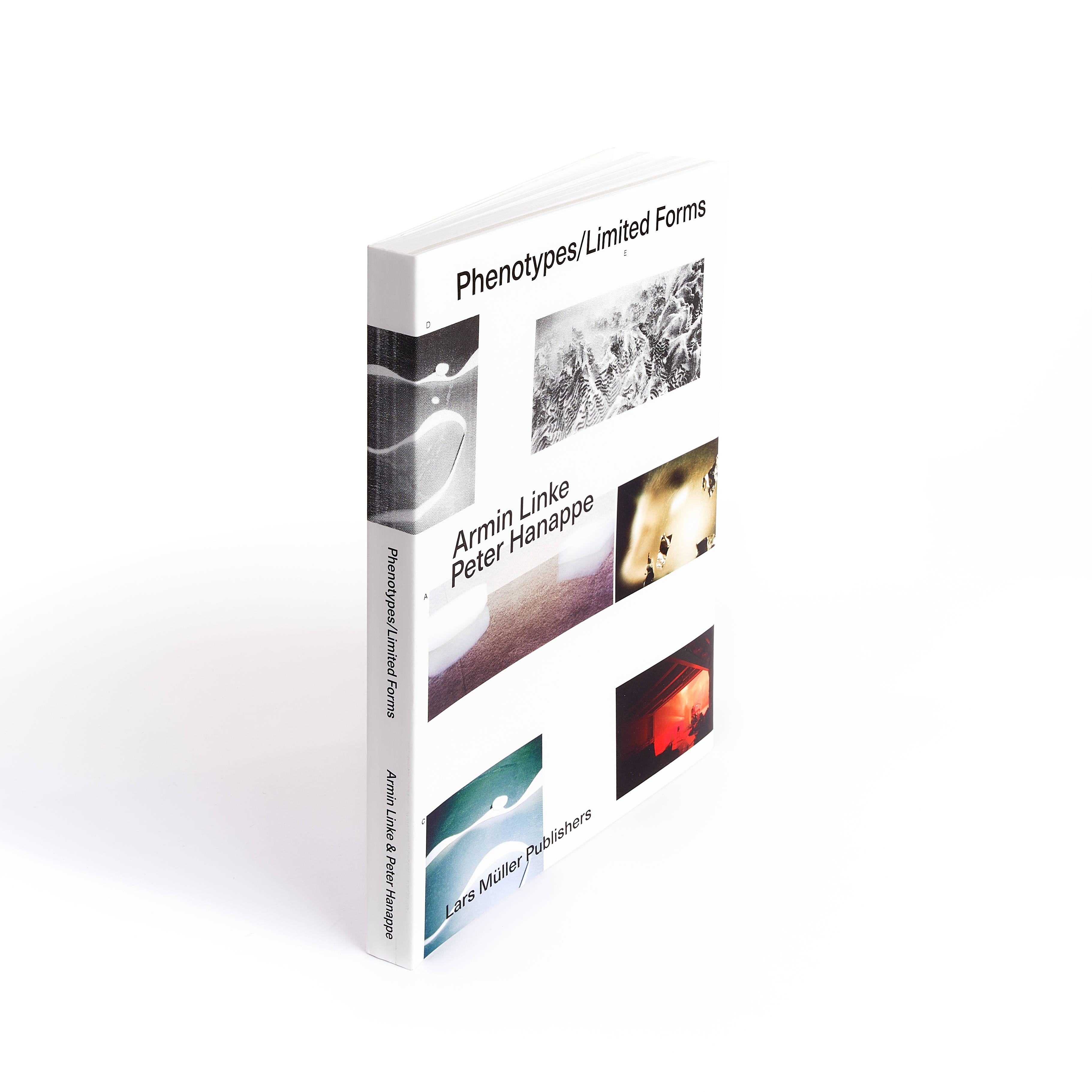
How does the way art is perceived by the public change the meaning of said art and how does the involvement of the audience transform a body of work? Does the public decide on the relevance of an artwork by the degree of social interaction? And what happens if the message of an artist is perceived differently by individual viewers? The installation Phenotypes/Limited Forms addresses these questions by encouraging visitors to pick their favorite subjects out of a total of several hundreds of displayed photographs by photographer Armin Linke, rearrange them, name their sequences and print them. The publication of the same name acts as an extension of the interactive exhibition and social experiment and analyzes the 30.000 sequences selected by the public.
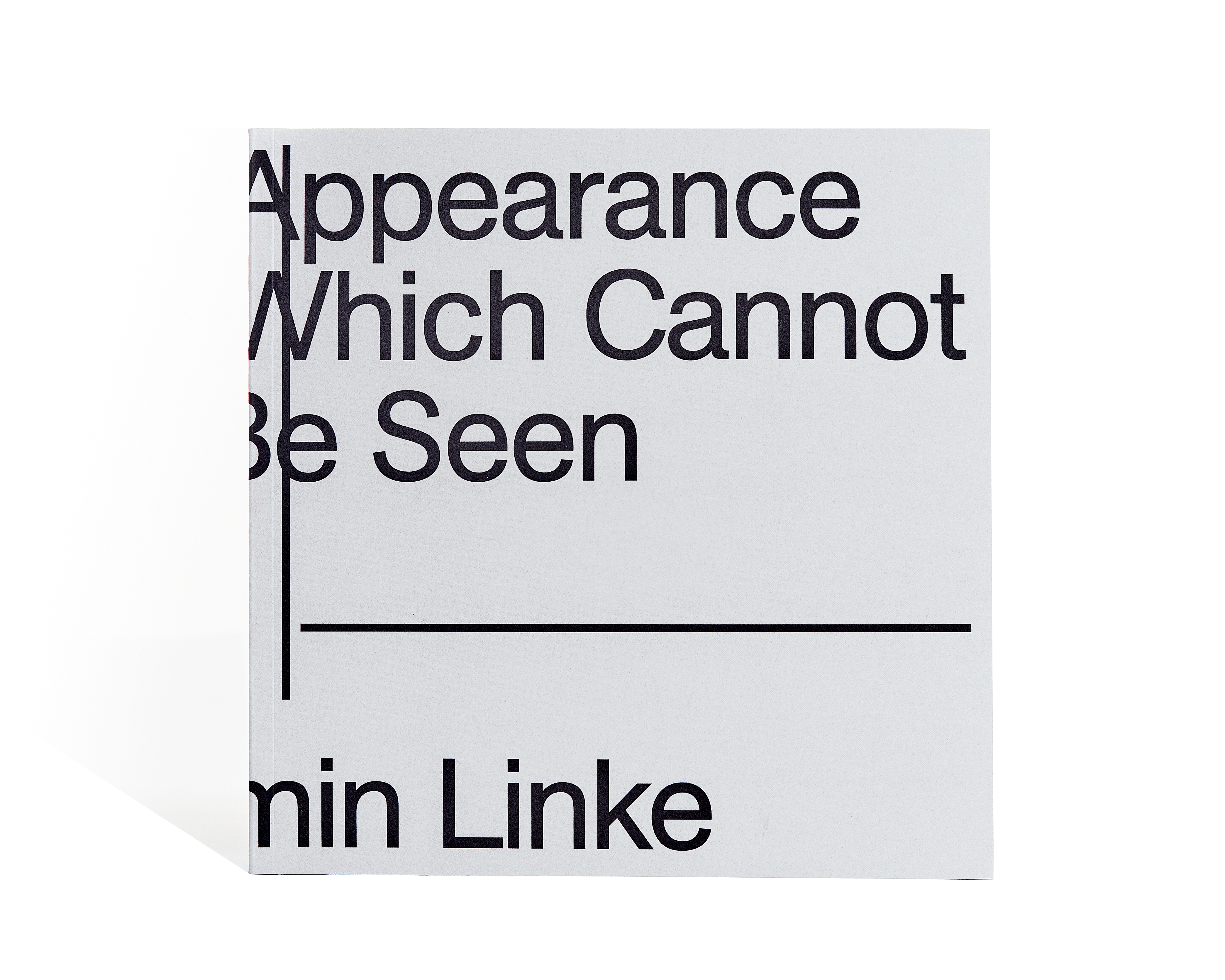
For more than twenty years, Armin Linke has been photographing the effects of globalization, the wholesale transformation of infrastructures, and the networking of the post-industrial society via digital information and communication technologies. His photographs show that the modern world is a massive profusion of data, where the material infrastructures, consisting of computer centres, data highways, and server rooms, are largely invisible. For «The Appearance of That Which Cannot Be Seen», Linke invited scientists and theoreticians to examine his picture archive. Ariella Azoulay, Bruno Latour, Peter Weibel, Mark Wigley, and Jan Zalasiewicz made a selection of images and in the process opened up Linkes photos to a variety of different readings. With texts written by Ariella Azoulay, Lorraine Daston, Bruno Latour, Peter Weibel, Mark Wigley, Jan Zalasiewicz and Jan Wenzel.
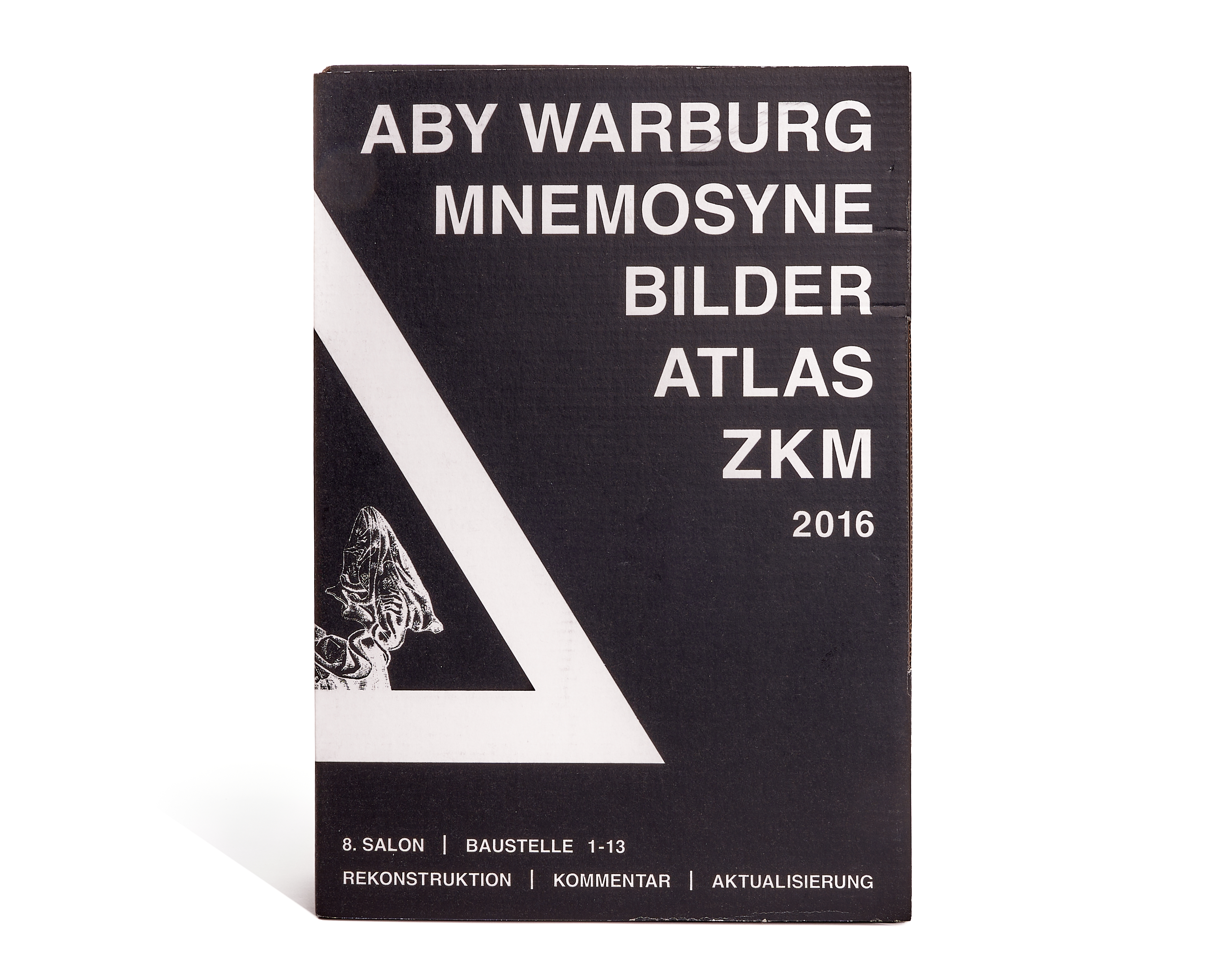
Zur Ausstellung »Aby Warburg. Mnemosyne Bilderatlas« erscheint die Heftreihe »Baustelle« (2012 - 2016) der Forschungsgruppe Mnemosyne / 8. Salon in einer verbesserten Neuauflage mit Kommentaren zu allen 63 Tafeln und Abbildungen aller Bilder des Atlas.
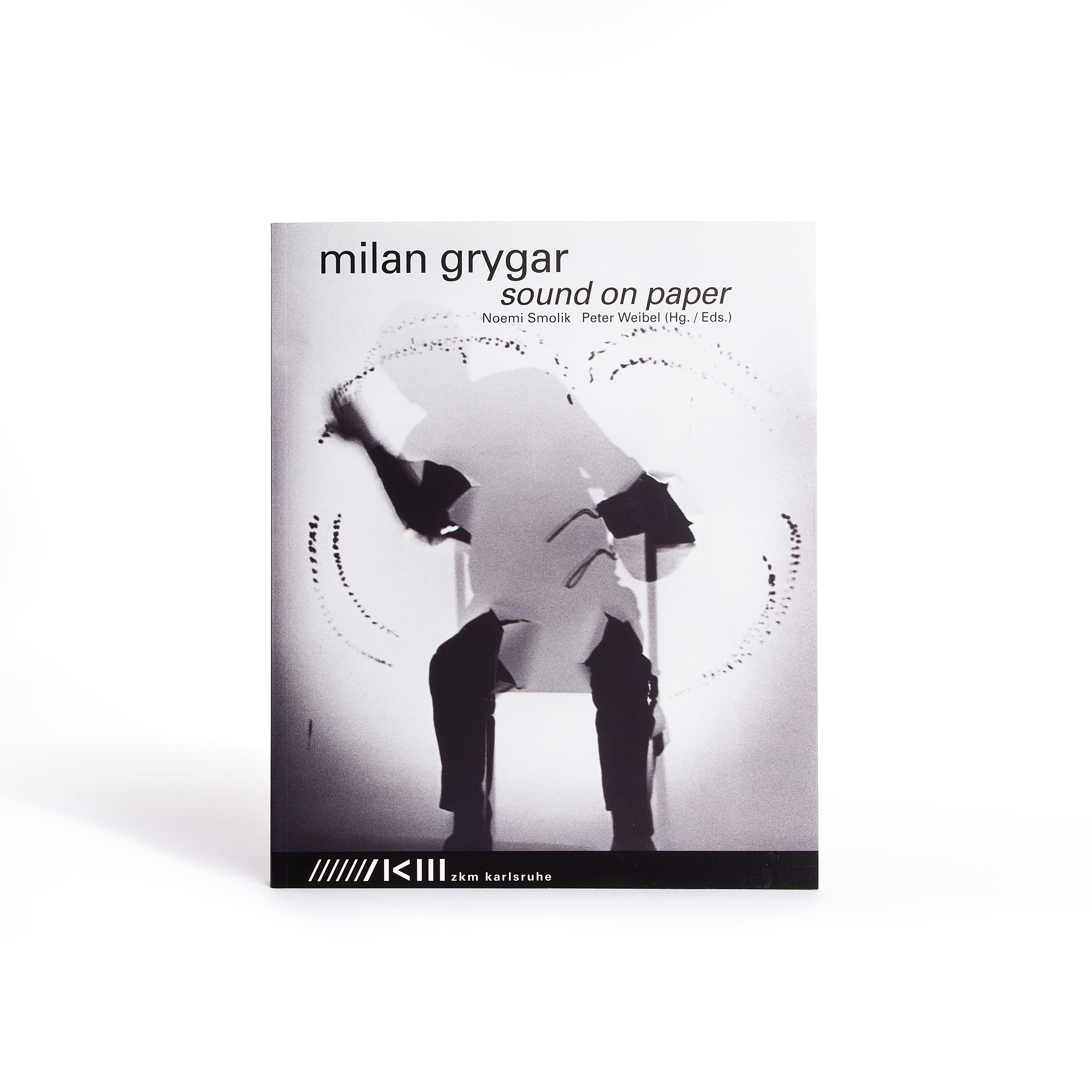
1965 zeichnet Milan Grygar (*1926) in seinem Prager Atelier mit einem Schilfrohr. Plötzlich wird er auf die Geräusche aufmerksam, die beim Zeichnen mit dem Schilfrohr entstehen. Er nimmt sie mit einem Aufnahmegerät auf. Die ersten »Akustischen Zeichnungen« entstehen, die visuelle und akustische Elemente zusammenbringen. Von diesem Moment an ergründet Grygar in seinem Werk, das Zeichnungen, Bilder, Fotografien, Performances und von professionellen Musikern nach seinen »Partituren« realisierte Aufführungen umfasst, die wechselseitige Beziehung von Bild und Klang und spürt dem Augenblick nach, in dem Leere durch Striche und Stille durch Klänge durchbrochen wird.Mit Beiträgen von Jörg Heiser, Hans Ulrich Obrist, Noemi Smolik und Peter Weibel.
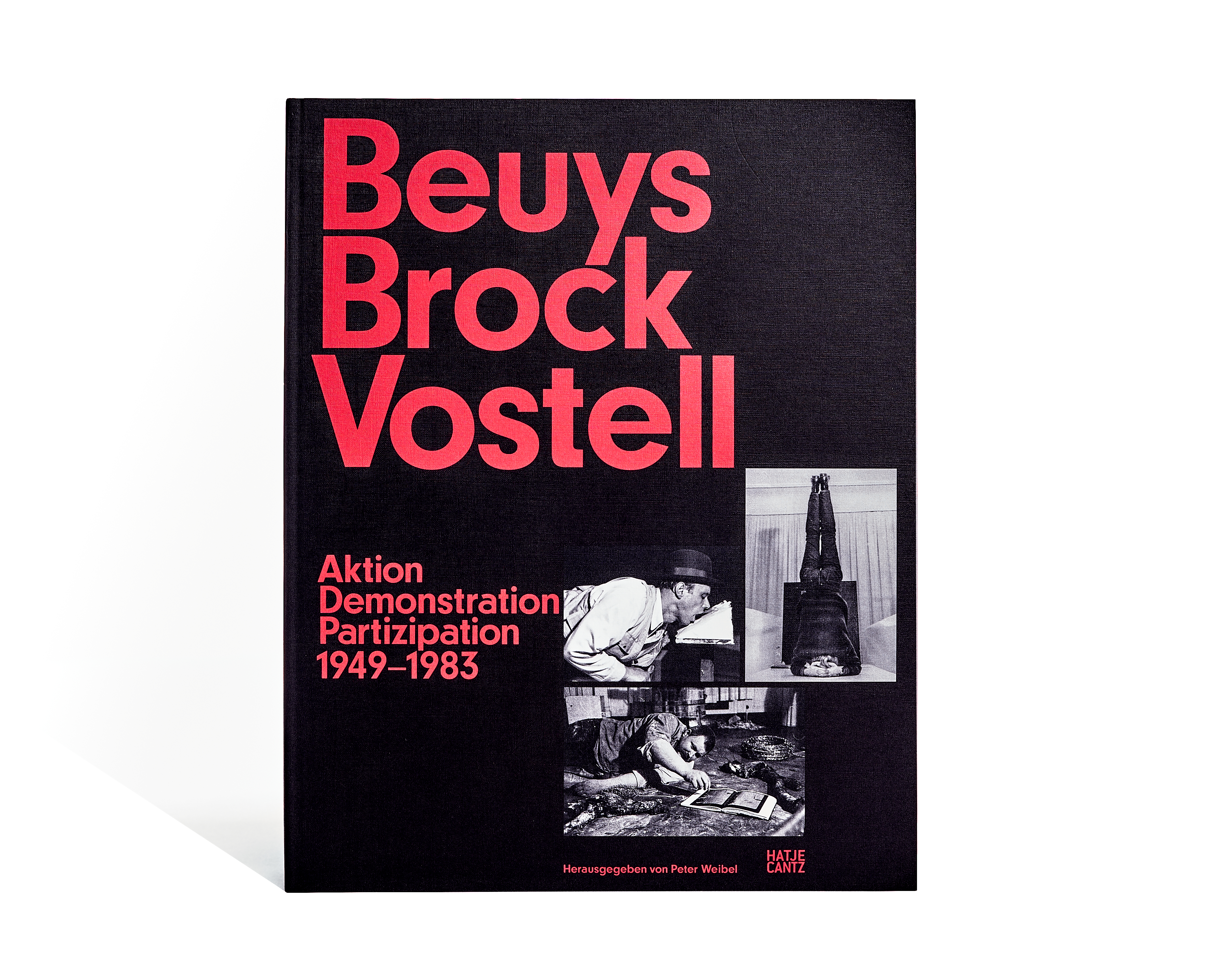
"Umso besser können wir eine sinnvoll-schlagkräftige Publikation BBV (Beuys Brock Vostell) vorbereiten mit viel Text, ebenfalls Plakat. Lass uns etwas Zeit dafür." - Wolf Vostell in einem Brief an Bazon Brock, 24. Dezember 1964 Die Leistung der Neo-Avantgarde nach 1945 bestand in der Einführung der Aktions- und Medienkunst. Der Dichter Bazon Brock, mit sprachbasierten Performances, der Bildhauer Joseph Beuys, mit objektzentrierten Demonstrationen, und der Grafiker Wolf Vostell, mit publikumsorientierten Happenings, haben sowohl gemeinsam als auch alleine wesentlich zur Entwicklung der Kunst als Handlungsform beigetragen. Ausgehend vom Trauma des Zweiten Weltkrieges und des Holocaust praktizierten sie einen erweiterten Werkbegriff, der einer demokratischen Umbildung der Gesellschaft dienen sollte. Das vorliegende Quellenwerk zeichnet die Dekade dieser Zusammenarbeit mit vielen bisher unveröffentlichten Dokumenten nach. »Beuys Brock Vostell« ist ein umfassender Materialien- und Quellenband mit Briefen, Fotos, Zeitdokumenten, Partituren und Manuskripten. Impressum Ulrike Havemann und Caroline Jansky (Projektleitung), 2xGoldstein+Fronczek (Gestaltung)

